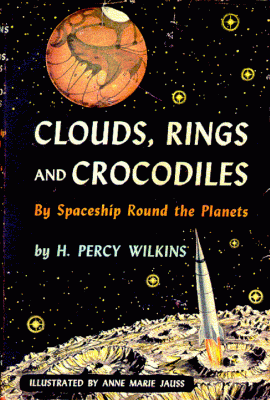Archives
BAA Ordinary Meeting, 2021 March 31
The meeting was commenced by the President, Alan Lorrain. He said that a decision had been made to keep the
Read moreFrom the BAA bookshelf
The Archives
Read moreUsing a lunar eclipse to measure the diameter of the Earth’s shadow
Lunar eclipses are often occasions for amateurs to take spectacular images of the red Moon. During a recent lunar eclipse
Read more


